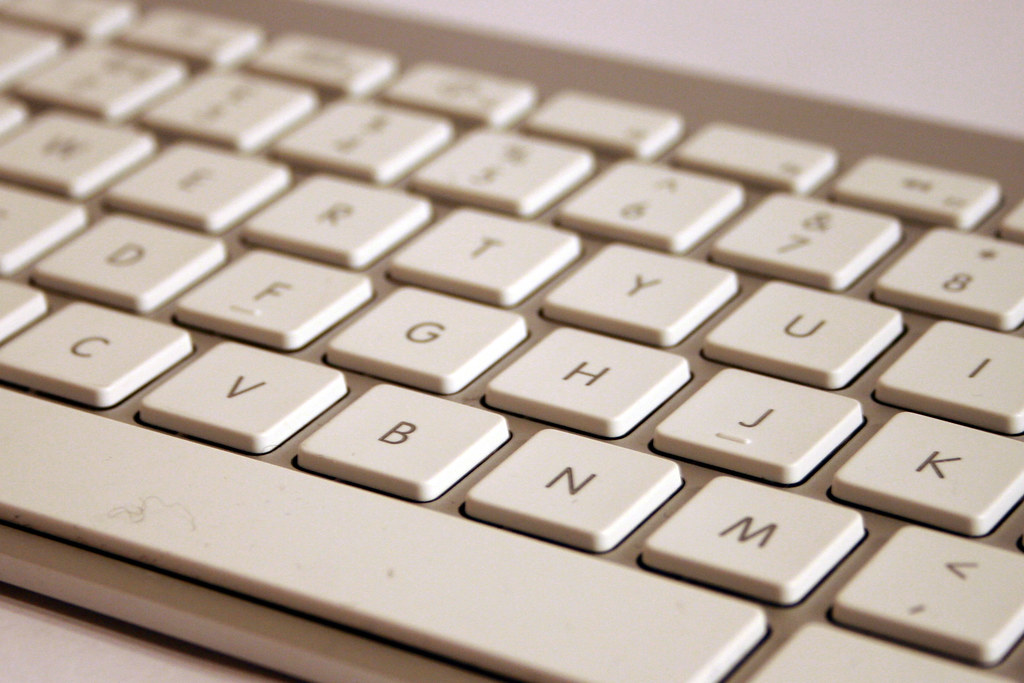 |
| Photo credit: James F Clay on Flickr |
A lot of edit letters.
I recently got a question on tumblr about handling edit letters, and it occurred to me that while I've mentioned tips here and there for handling critiques, it doesn't look like I'd really dedicated a post to it. So now I am.
The long and short of this is even when you like revising (like me)—even when revising is your favorite part (like me)—edit letters can be pretty hard to swallow. Whether it's a bulleted e-mail or a fifteen-page Word document (both of which I've received), reading an edit letter can feel a bit like getting punched in the stomach repeatedly. And at the end you're supposed to smile and say, "thank you."
So how do you handle an edit letter? These are the steps I take:
- Before you read the letter, remember this will (probably) make your book better. I try to approach each letter as open-minded as possible. I trust whoever I'm getting the edit letter from, and I trust that their suggestions will help me make this book even better than I imagined. I also remind myself at this stage that whatever the letter says, it's not personal, and they're sharing the suggestions they have to help me improve the book.
- Read the letter once. I like to read it through the first time quickly. This is the gut-punch stage where little flaw hurts like hell, which is why I try to race through it so I reach the end quickly and know the worst of it.
- Read the letter again. This time I'll read it through more carefully. Now that I know what to expect, it's a little easier focus on the nitty-gritty. I pay special attention to any suggestions and start thinking about what I can do to fix the problems.
- Put the letter away. Unless the edit letter is all super easy fixes I'm ready to tackle immediately, I'll usually step away. Most of the time I won't look at the letter again for the rest of the day—I need some time to process the suggestions so that the next day I can...
- Get a battle plan together. First I'll open up the edit letter again. If it's in an e-mail, I'll now copy and paste it over to an Evernote note—if it's in a Word document, I'll probably work off of it from the document. If I have multiple letters, I'll put everything in the same Evernote document, and from there I'll start to organize the notes by type: plot/pacing, voice/writing, characters, world building, miscellaneous. I use a process I wrote about in this post to organize everything into different editing passes, and then...
- Start revising. In the case of heavy revisions I recommend trying a strategy like this one, but whether your revisions will be super intensive or relatively easy, now's the time to get to work. I've come to really love the revising process because it's a really cool thing to watch your manuscript get better and better, but even if you don't, just remember that this process will all be worth it. The hard work definitely pays off—just stick to it, be kind to yourself, and keep your head down and eyes on your own paper until you're done.
How do you handle edit letters from critique partners or publishing professionals?
Twitter-sized bite:
Struggling to handle critique? @Ava_Jae shares 6 steps to approaching the edit letter. (Click to tweet)









No comments:
Post a Comment